Understanding Pressure Gauge Standards: IS, EN, ASME and JIS Explained in Detail
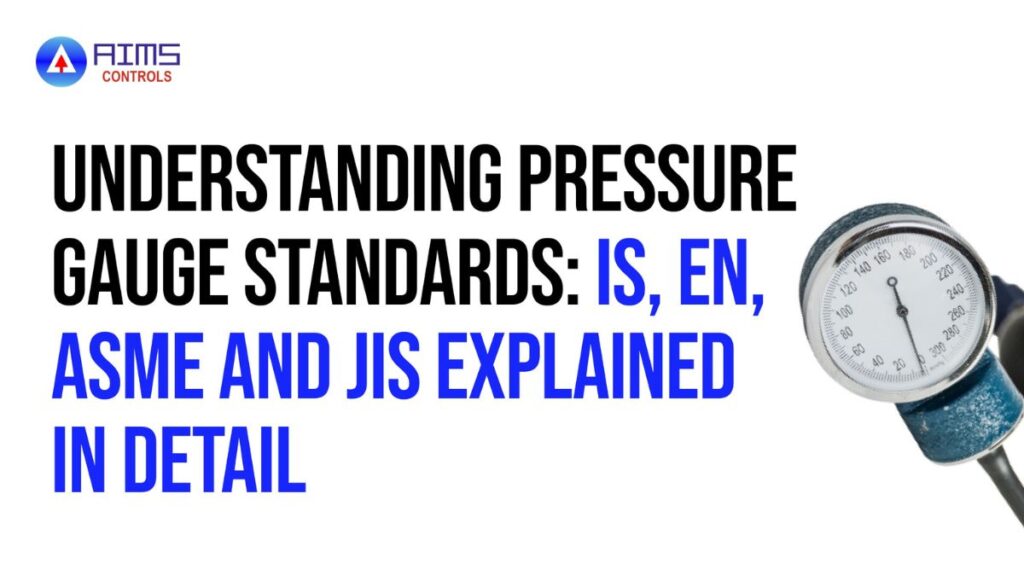
Introduction: Why Standards Matter in Pressure Gauges In every industrial process, from oil and gas pipelines to chemical plants and manufacturing systems, pressure gauges play a critical role in monitoring and safety. Yet, one of the most common reasons for equipment malfunction and inaccurate readings is the use of gauges that do not meet the […]
10 Signs Your Pressure Gauge Needs Replacement (Before It Fails)
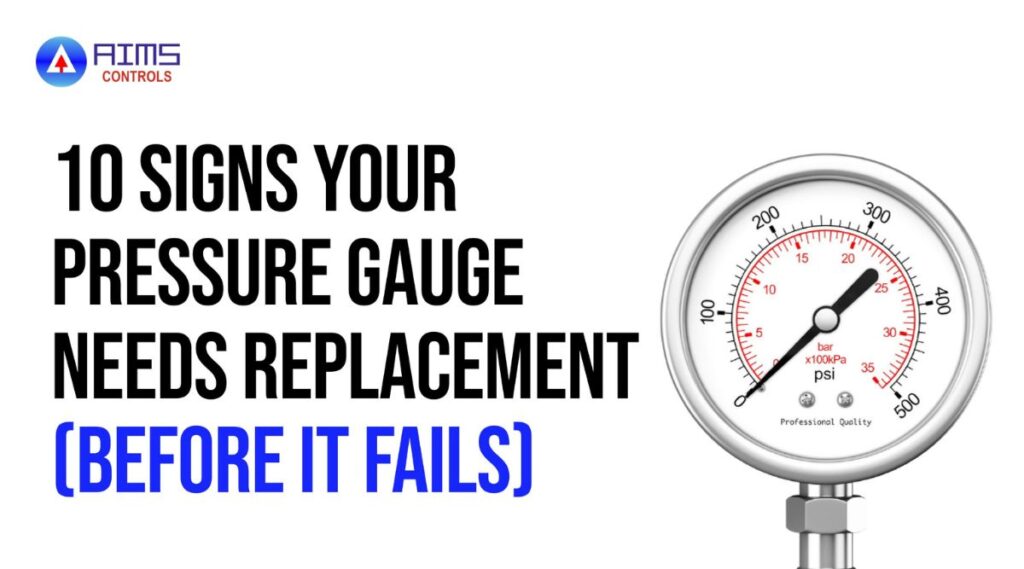
Introduction A pressure gauge is one of the simplest yet most important instruments in any industrial system. Whether it’s in oil and gas, chemical processing, HVAC, water treatment, or manufacturing, accurate pressure readings ensure efficiency, safety, and smooth operation. However, like all mechanical devices, gauges degrade over time. If a pressure gauge fails without warning, […]
Diaphragm Seals: When & How to Use Them to Protect Your Sensors
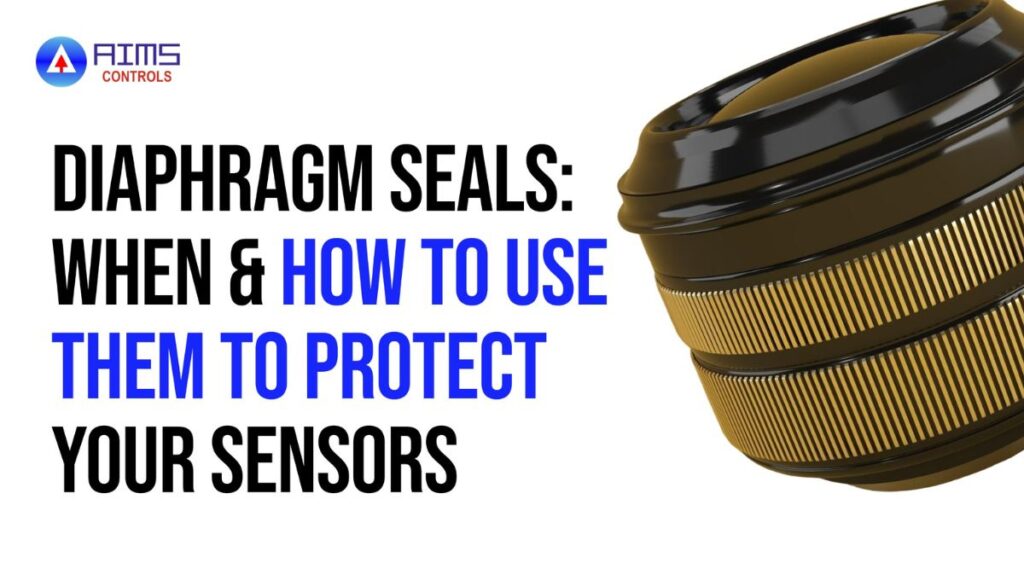
In today’s industrial plants, pressure sensors and gauges are the silent workhorses—keeping boilers, pipelines, and production lines running safely. But what happens when those sensors are exposed directly to corrosive chemicals, sticky fluids, or extreme heat? They fail faster, deliver inaccurate readings, and create costly downtime. That’s where diaphragm seals come in. A diaphragm seal […]
How to Select a Pressure Gauge for Corrosive Environments

Selecting a pressure gauge for corrosive service isn’t just about choosing “stainless steel.” Chemistry, temperature, viscosity, pulsation, and even cleaning agents can destroy a gauge if the wetted parts and isolation method aren’t matched to the medium. This guide shows you how to choose materials, seals, fill fluids, and ranges—plus proven product options from AIMS. […]
Leak‑Free Tube Fitting: Torque Values, Assembly Do’s & Don’ts (2025 Guide)
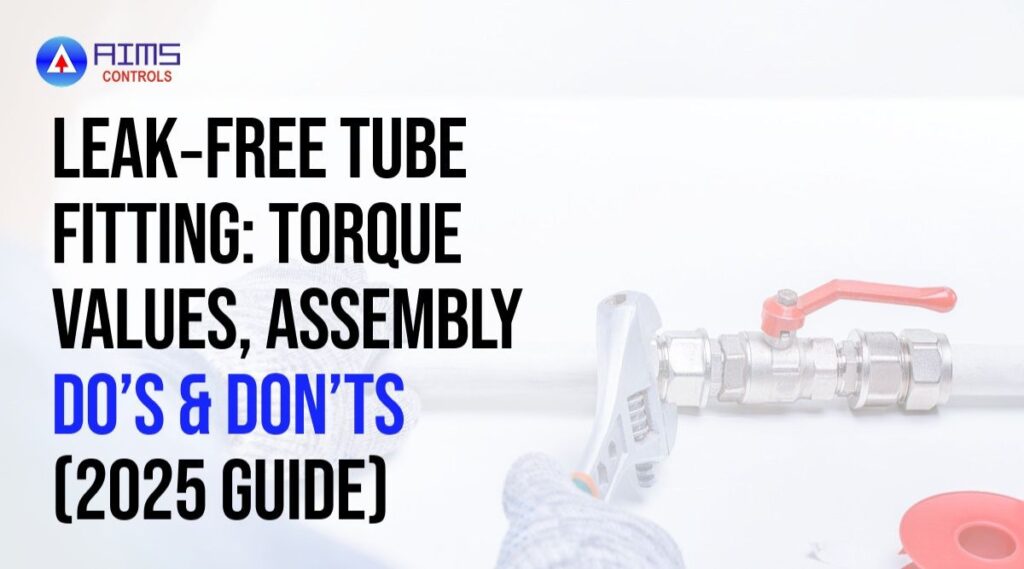
Field Checklist for Leak‑Free Installation Cut & Deburr: Always cut tubing square and deburr both the internal and external edges. A smooth, burr‑free end ensures full ferrule bite and prevents leaks. Insert & Mark: Insert the tube fully into the fitting body and mark the tube at the nose of the nut or use a […]
Glycerin-Filled vs Dry Pressure Gauges: Which One Prevents Needle Flutter on Your Pump Skid?
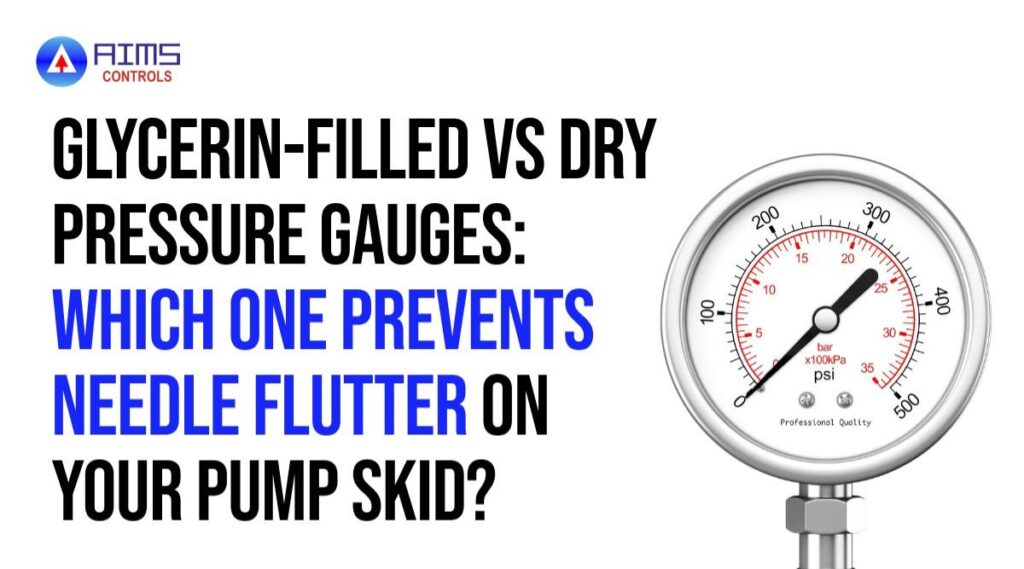
A glycerin-filled (liquid-filled) pressure gauge damps vibration and pulsation, keeping the pointer steady and extending movement life. It’s the default choice for a pump skid pressure gauge with discharge ripple. Choose a dry gauge + pulsation snubber when temperatures are high, media/cleanliness rules don’t allow fills, or you need maximum visibility. See the decision table […]
Flow Meter vs Flow Transmitter vs Flow Switch: Which Is Right for You?
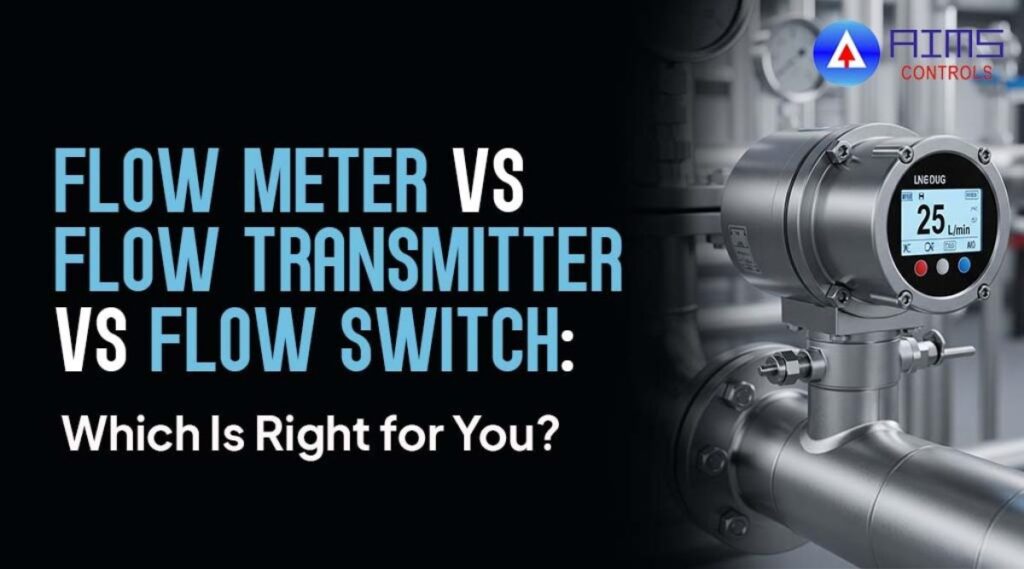
Choosing between a flow meter, flow transmitter, or flow switch can be confusing. In this guide, AIMS Controls breaks down how each device measures, monitors, and safeguards flow—covering accuracy, installation, and industry use-cases—so you can pick the perfect fit for your plant’s performance goals.
Pressure Transmitters Explained: Types, Accuracy, Benefits & Best Options in 2025
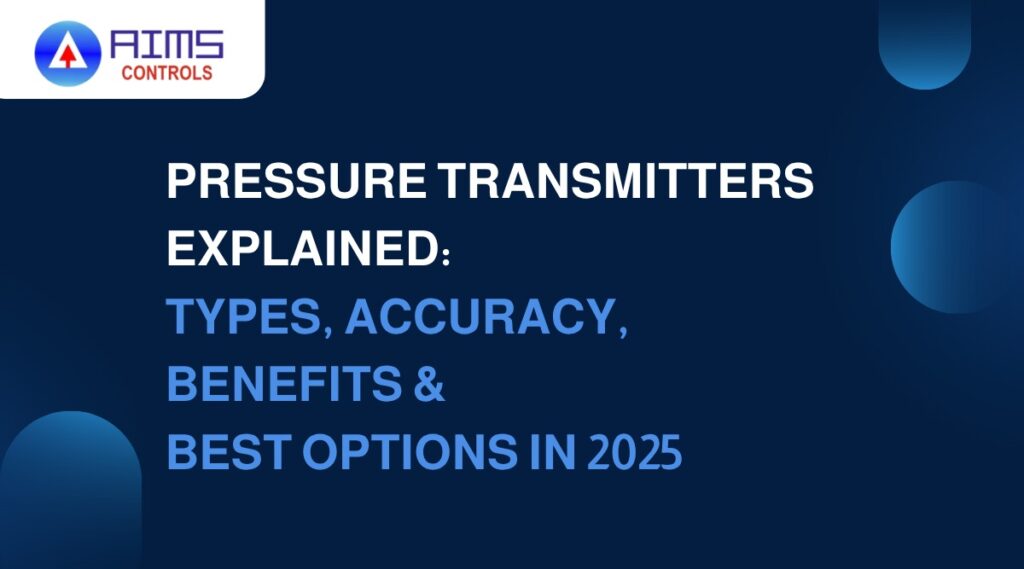
Pressure transmitters turn fluid or gas pressure into precise electrical signals for safer, smarter automation. This 2025 guide compares absolute, gauge, differential, level/flow and smart models, covers accuracy and integration tips, and spotlights rugged AIMS Controls options for Indian plants.
RTD Sensors Explained: Types, Applications & Advantages – AIMS Controls Buyer’s Guide

Accurate temperature sensing starts with the right RTD. AIMS Controls explains core RTD sensor types, where they excel in industrial applications, and the advantages—like high stability and repeatability—that keep your process under control.
Understanding Thermowells: Types, Materials & Applications – Guide by AIMS Controls

In high-performance industrial systems, understanding thermowell types is critical. A thermowell acts as a protective barrier for temperature sensors such as RTDs and thermocouples, ensuring they function reliably even in harsh environments. Whether you’re dealing with high pressure, corrosive materials, or fast-flowing media, the right thermowell type helps extend the life and accuracy of your […]
